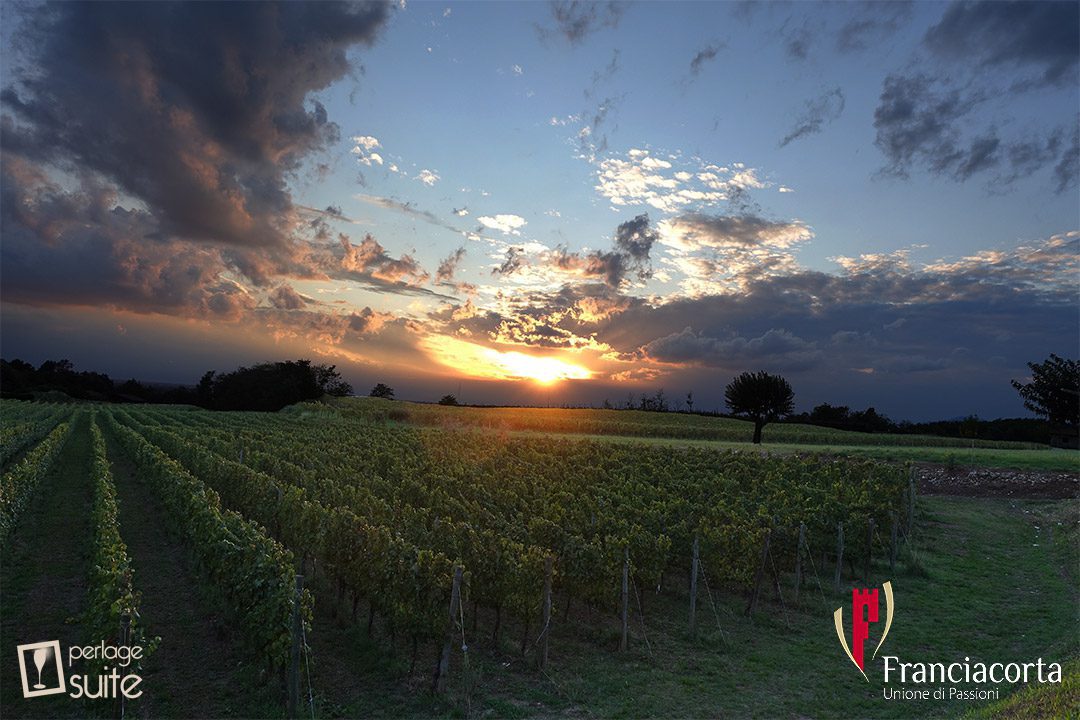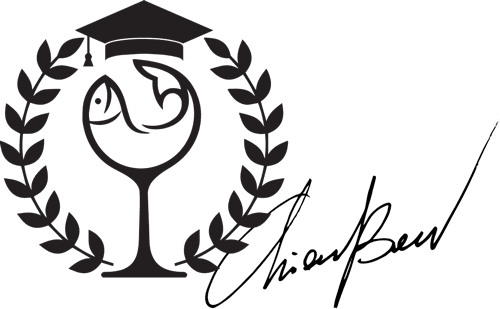This for me was perhaps the Franciacorta Festival leanest of all time. In a little over a month my italian sparkling wine guide 500 bubbles in 500 and, at the same time, I'm finishing moving into my fiancé's house... in short... it's a busy few months. That is why I have decided to choose only one company for Saturday and one company for Sunday... and I take this opportunity to apologise to the many companies that have invited me, but consider me, just this once, an excused absentee! 🙂 On Saturday Riccardo Fratus of Riccafana presented its new red Teratis with the invaluable help of his winemaker Nicola Torazzi and the irreplaceable Alma Tortelli (on Sunday he repeated with the very talented winemaker Angelo Divittini). Following the presentation, he took us to lunch at his brother's at theHotel Touring in Coccaglio. On Sunday in Villa Crespia the first wine reading I had ever participated in with the writer and sports journalist Roberto Perrone presenting his new noir book. Thanks again Michela Muratori for making me this fascinating proposal.
Franciacorta Festival: Saturday 16 September
Riccafana Winery
Riccardo Fratus' new Teratis red wine paired with fillet steak from the Hotel Turing in Coccaglio
It's been a while since I visited Riccardo Fratus's cellar, also because of some of our differences, but I must say that in recent months it has become even more beautiful... thanks to the contribution of his wife, who really has good taste! This particular photo shows the shop inside the cellar... how can you not want to buy everything?
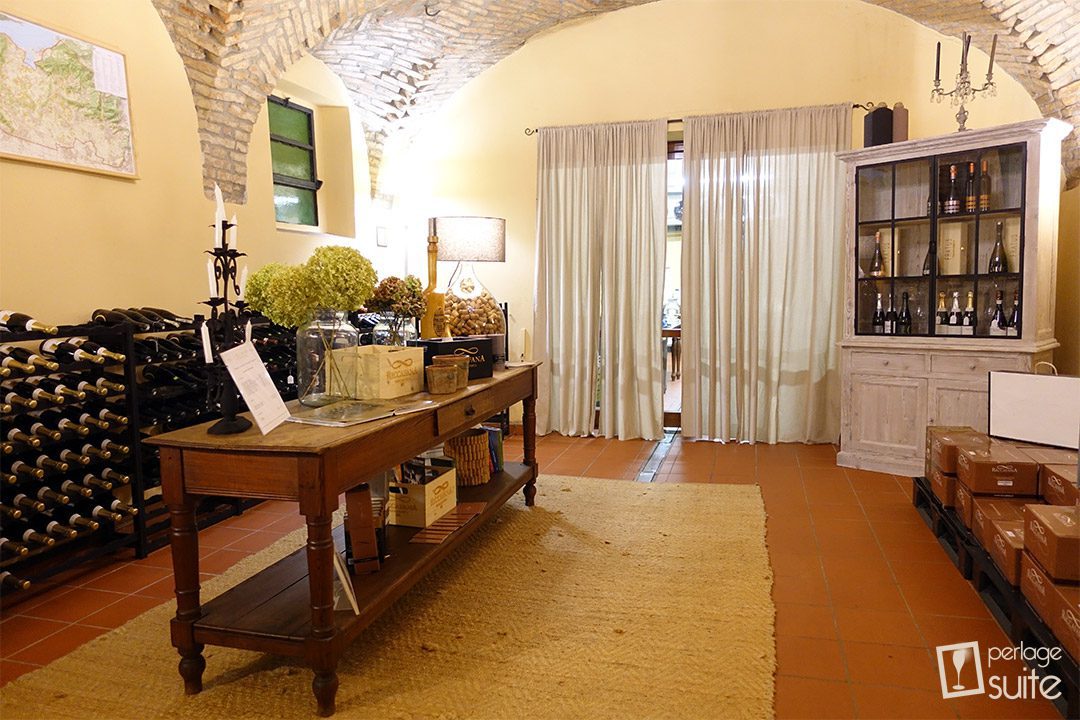
Due to the fact that I had not been with Riccardo for a while, I was missing the Weiss Mustushis latest work as a sparkling wine. Well, I must say that I also enjoyed this one very much. That Riccafana's are for me among the best sparkling wines of the Franciacorta is not a mystery, it is no coincidence that I have often spoken about it on my wine blog of its wines:
- Franciacorta Riccafana at Ristorante I Templari in Brescia: a successful combination!
- Classical Method lesson at Riccafana for the Franciacorta Festival
- La Riccafana and Riccardo Fratus's bio-franciacorta
And if you want some opinions on his sparkling wines, I suggest you read those articles... Because today I will keep my mouth shut precisely because of the imminent release of my sparkling wine guide 500 bubbles in 500! 🙂 🙂
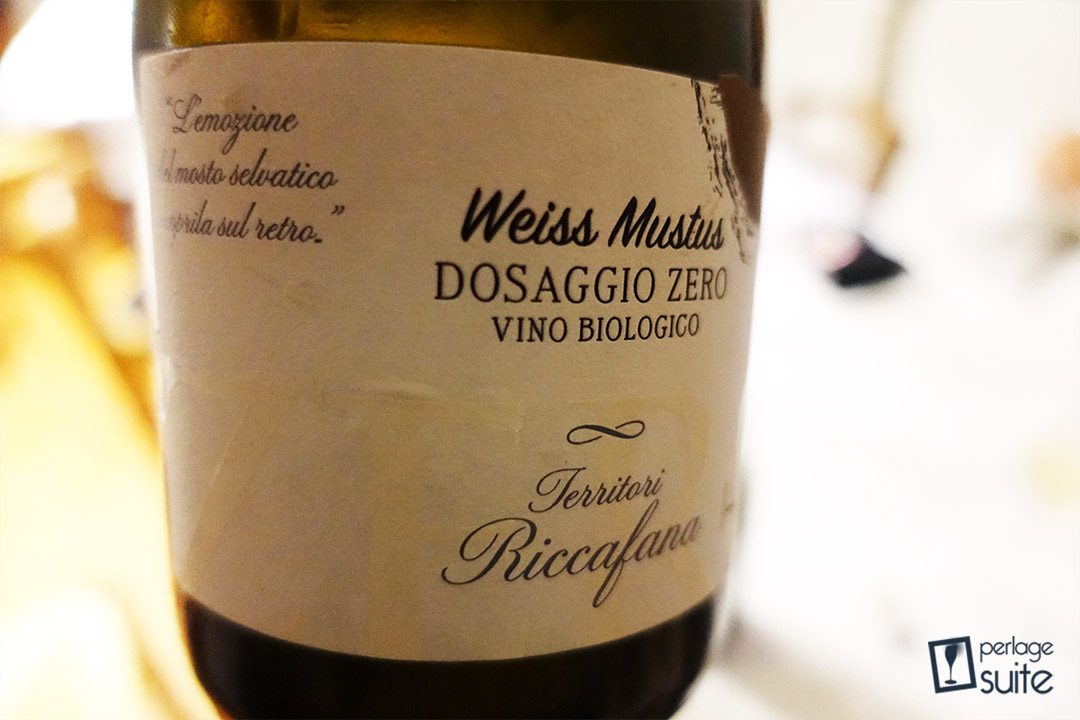
So today I will only talk to you, and rightly so, about the latest Riccafana: the red wine Teratis. So, Riccardo, did you really present a red wine during the Franciacorta Festival? 😀 Well, I must say that I found it very appealing to take this opportunity to present a new red wine, which, moreover, is really successful.
Festival Franciacorta: Presentation of the new Teratis by Riccafana
The clay-limestone soils on which the Merlot and Cabernet Sauvignon vines of which Teratis is composed grow luxuriantly lend themselves to the creation of an over-ripened product such as this. Beautiful plants of about 30 years of age get the sun all day long, in an area historically suited to the production of red wine such as Monte Orfano. Merlot is a 'plastic' grape variety that gives us excellent fruitiness, softness and warmth. The Cabernet Sauvignon squares the circle. The bud selection in spring is intense, yields of 60% are achieved. In practice, two types of thinning are done:
- Low intensity: used to eliminate small and/or malformed, diseased or damaged bunches from weak shoots (10-20%);
- High intensity: serves to increase cluster quality, so small, malformed, diseased or ruined clusters are eliminated as well as perfect clusters (30-50%).
The perfect harvest time is chosen by tasting the grapes and grape seeds, which must not be green. Their perfect ripeness then allows maceration to be prolonged. Harvesting takes place between the end of October and the beginning of November. This is followed by maceration for about 30 days, maturation in second and third passage wooden barriques for a minimum of 12 months, blending in stainless steel and bottling after 6 months.
Teratis in Latin means round, and I must say that it is perfect for this Franciacorta 'Amarone' that is well suited to being sold in restaurants thanks to its excellent value for money compared to its more emblazoned Veronese cousins. Excellent then is the choice of one-piece cork stoppers chosen to eliminate the risk of corking.
Teratis 2015 Tasting
4000 bottles (eliminated the denomination to be able to cut different vintages and maintain the quality standard)
It has a beautiful, deep, impenetrable ruby red colour. On swirling the glass it shows very close bows that denote an alcoholic degree and an important structure. On the nose, berry jam, black pepper, cloves, dried rose, chocolate, tar, black cherry under spirits fade into a balsamic finish. In the mouth it is full, enveloping, warm, quite soft, very fresh, quite savoury. Very long finish. Great ageing potential, it is the perfect companion for braised meats.
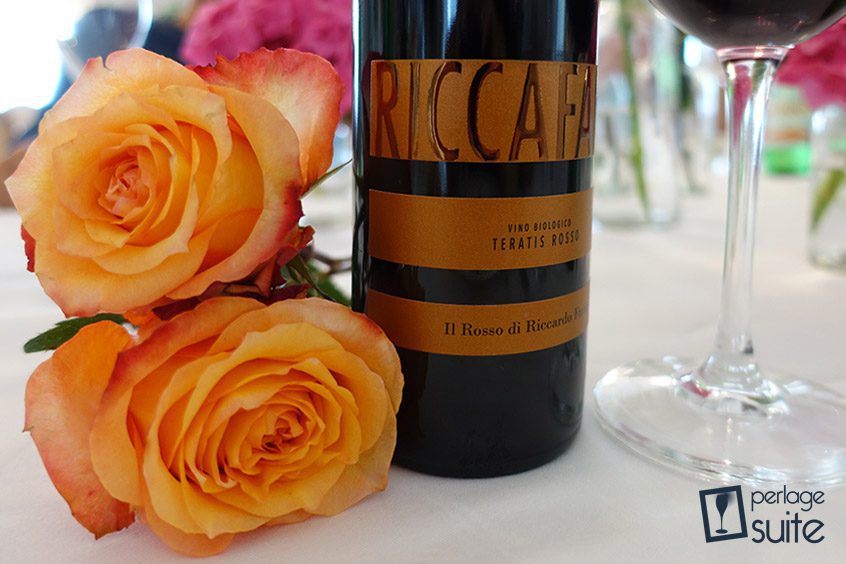
The Lunch and the Pairing
Lastly, I would absolutely like to congratulate theHotel Touring in Coccaglio for serving, among the various courses, a fillet so perfect that it was able to make me fall in love. The meat was of the highest quality, the cooking was really well done, the slightly bitter herb oil was delicious and contrasted perfectly with the sweet aromas of the Teratis di Riccafana. The accompanying fries were also very good! For those wishing to order or request this dish at the Hotel Touring, the name written on the menu was: 'Chateaubriand with aromatic oil and baked potatoes“.
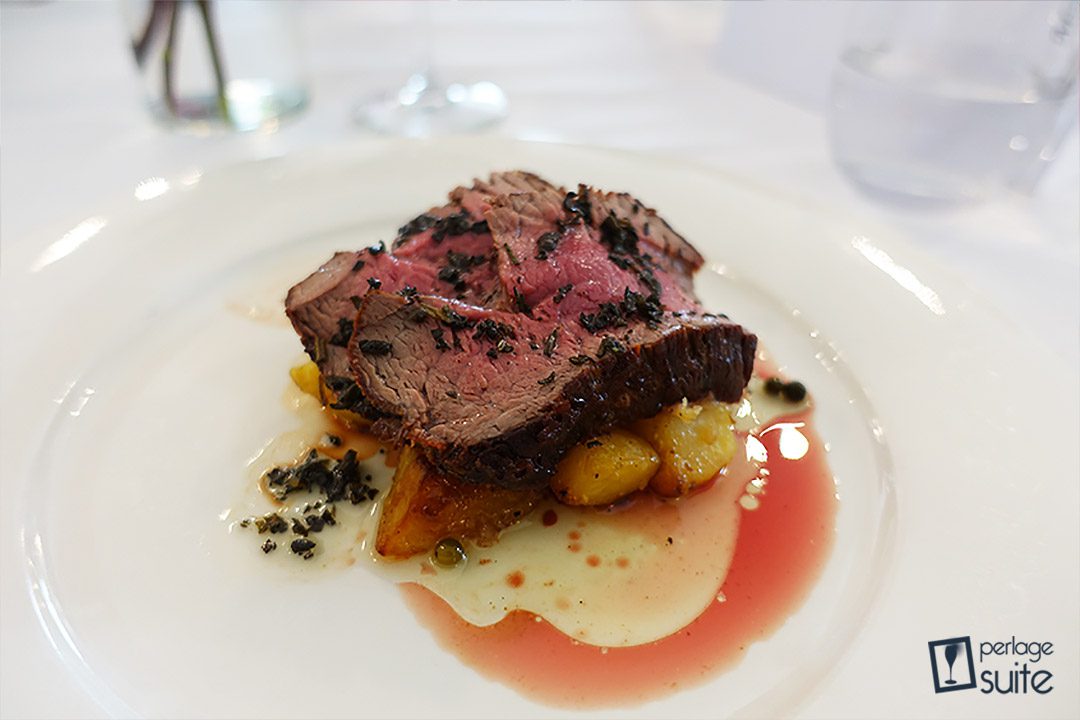
La Chateaubriand is nothing more than the upper part of the beef fillet (normally a cut of about 600 grams) which is normally cooked whole in a pan with butter (lots of butter) until the degree of cooking desired by the customer, in this case I would say between bleu and à point. At this point a few minutes are left to pass so that the temperature is more homogeneous and the juices redistribute. To make a perfect Chateaubriand, there should not actually be any blood left in the dish that is served to the customer because this would have to be 'dropped' after cutting some of the side parts of the fillet in the famous and now little-used Chateaubriand press, and then used to bind the sauce made with the brown stock, the cut parts of the fillet, the red wine and, of course, the butter. Or at least this is what I understood from a French chef who tried to explain it to me during my last stay in France for the Perlage Suite award ceremony at the Millésima Blog Awards. As for the name Chateaubriand, although it is that of the famous French nobleman and romantic writer François-René de Chateaubriand, actually comes from an area of France famous for its high quality cattle.
Franciacorta Festival: Sunday 17 September
Villa Crespia Estate
An unusual Wine Reading with writer Roberto Perrone and Villa Crespia Franciacorta wines paired with characters from his latest book
Still in Franciacorta, but a completely different wine reality for the second part of my Franciacorta Festival on Sunday: for the first time I went to visit Michela Muratori at Villa Crespia. The wine cellar looks beautiful, especially outside, with the lovely water lily pond... I wish I had so many in my pond on the terrace! 😀 The day then is complicit with the Franciacorta Festival and is really beautiful, sunshine and clouds of whipped cream!
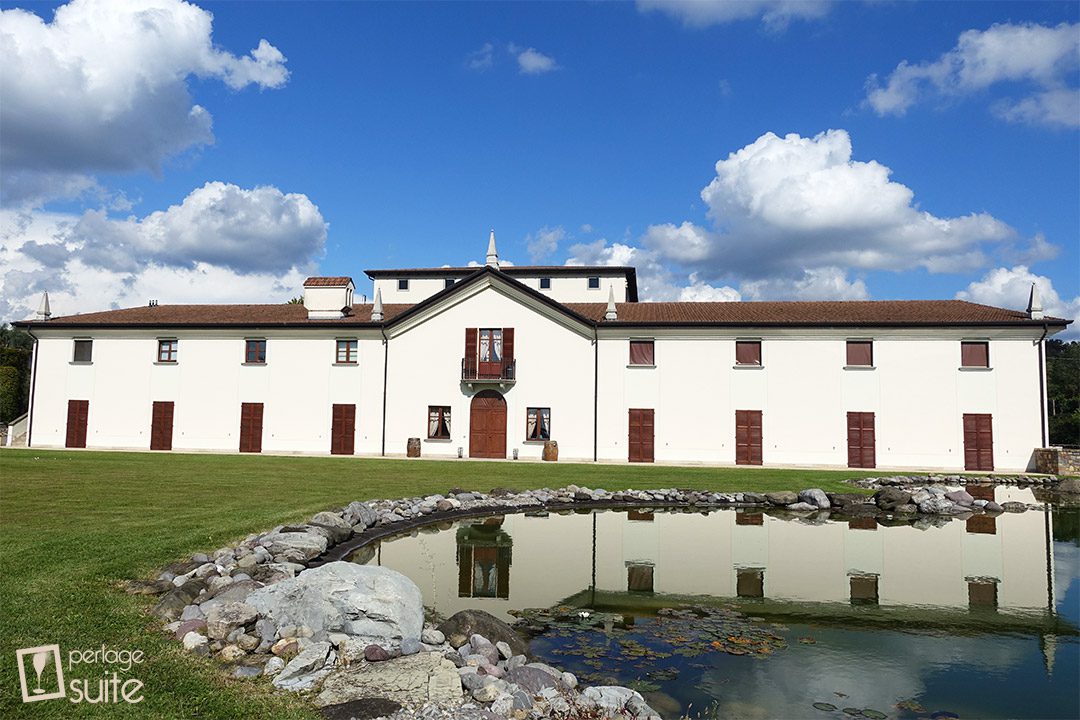
Roberto Perrone I admit that I did not know him, except that I heard on the day that he was a well-known face of Italian sports journalism. Well my relationship with sport is a well-known fact: since I stopped playing tennis I only try my hand at uncorking bottles! There I am a real runner... 😀
At Villa Crespia they organised a Wine Readingor a tasting combined with the reading of some significant passages from Roberto Perrone's new book, with the characters paired with the wines! The book is entitled "The second life of Hannibal Canessa"And although I don't like the novel genre very much, I love both reading and listening, so I found it a wonderful experience. I also found the book quite gripping... although the thoughts of the female protagonist are clearly written by a man and I did not find her particularly realistic. Completely different were my thoughts about the male characters who are described in such a multifaceted way that it made me think all the time that Roberto Perrone was inspired by real people.
First wine & first character: Cesonato Satén & Carla Trovati
In the late Middle Ages, this name denoted protected areas created within a forested area. Also called clausure, a piece of land was stolen from the forest to cultivate vines at more than 300 metres above sea level. These are not the most conventional soils and vineyards for Satén, but they yield characteristic grapes with strong floral notes. The result is a Villa Crespia Satén Franciacorta spumante metodo classico with a very pleasant nose, and a slightly aggressive bubble despite the Satén type. The nose is of vanilla, raw butter, lime honey, dandelion flowers and apple. In the mouth it is pungent, more savoury than fresh, with a finish that is not particularly long, but a good proposition for a disengaged aperitif. Personally, it is the Villa Crespia sparkling wine I liked least. Carla Trovati is the Corriere journalist who has a story with the protagonist Hannibal Canessa. She says: "But can I technically call myself a slut?" the morning after, if I am not mistaken, she had slept with her editor-in-chief. As a woman, I don't think a woman would ever ask that question using that expression... but maybe I'm an alien 😀
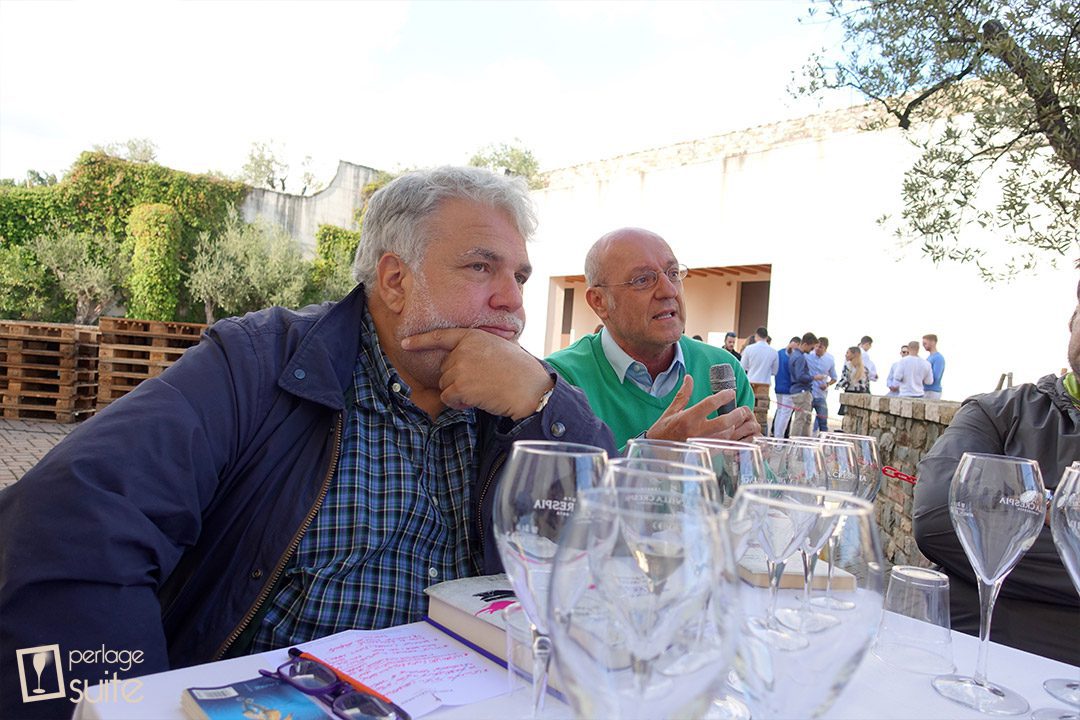
Second wine & second character: Millé Brut & Annibale Canessa
Certainly the choice of packaging for the Villa Crespia Millé Brut is a strong one: a bright blue, very fashionable film makes it very appealing to a very young audience, and I can imagine it being a hit in every slightly cool club in the Brescia area! 🙂 I think it's a good idea to think of creating a wine that is qualitatively interesting for a very young audience: we Villa Crespia connoisseurs will perhaps drink something else... but it's right to educate the very young not to drink only 'prosecchino' (with all due respect to my producer friends who make an exceptional prosecco like Le Vigne di Alice e Bellenda... but they are not yours that are more often found in certain establishments). The base is re-fermented 4-5 years after bottling in steel. Brilliant straw yellow, somewhat coarse perlage, numerous and persistent. The nose is interesting: strong hints of yeast, panettone, dry hay and camomile flowers. In the mouth, the bubbles are a little aggressive, but it has a nice freshness despite being 100 months old. Intense and persistent, long and to be paired with slightly fatty hard and semi-hard cheeses. The pairing is with Annibale Canessa, the protagonist of the book.
Third wine & third character: Number Zero & Vampa
Here is a Villa Crespia sparkling wine that I recommend you try! Here, too, the bubble is always a little bigger than I would like, but the nose is really nice: yeast, pineapple, banana and lots of minerality. In the mouth the bubbly redeems itself and becomes creamy and pleasant. Well balanced acidity with softness and a freshness that bodes well for evolution in the bottle. Its low savouriness made me think it would be just right for a fish cooked in a salt crust, perhaps sea bass or sea bream. The Vampa I remember is the billionaire in the book....
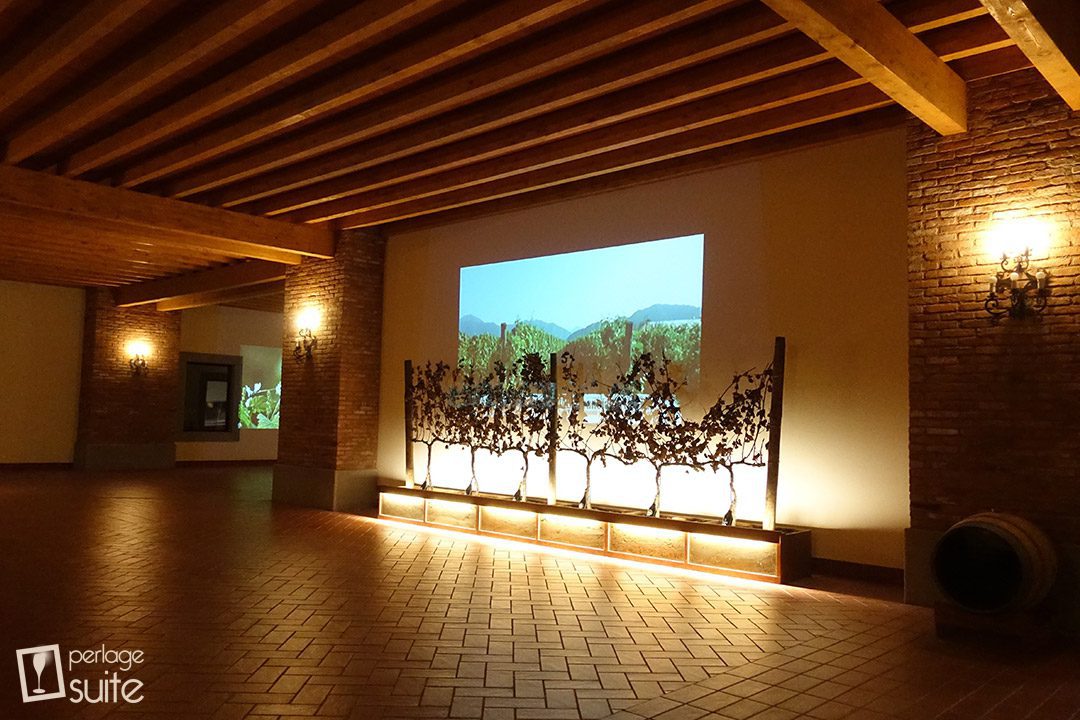
Fourth wine & fourth character: Brolese Rosé & Repetto
Definitely the Villa Crespia sparkling wine that convinced me the most. A beautiful onion skin pink, fairly fine perlage, numerous and persistent. The nose is very pleasant, with notes of wild strawberries, dried rose, ginger, yeast, custard. In the mouth it is crisp, with a pleasant bubble. It enters intense, very fresh, a measured savouriness and soft overall. The finish is long, an all meal pairing, but it certainly excels with a nice fried shrimp and with shellfish in general. The pairing is with Repetto, the trusted marshal who supports Hannibal Canessa in the fight against terrorism.
The most interesting thing about the visit to the winery was this row with the 6 terrains of Franciacorta in which the Villa Crespia vineyards are laid out... with bottles on them! In fact I had already seen it done by the Bergamo association of producers of the Seven Lands and that was something I already appreciated then!
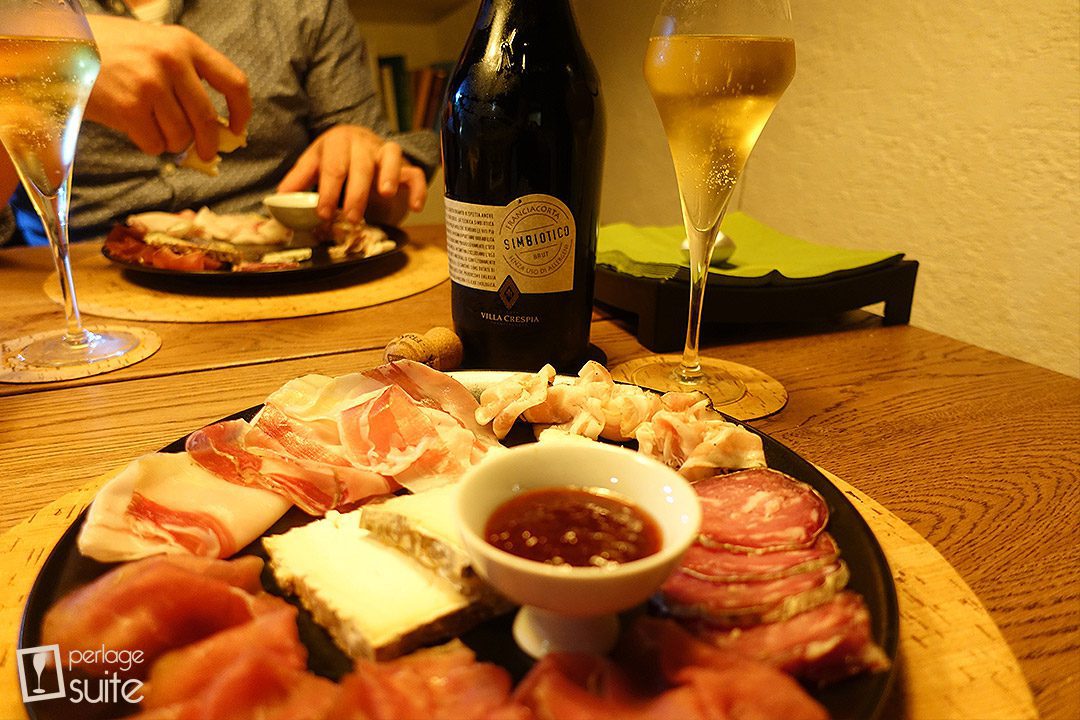
In the evening we stopped by Macelleria Polastri in Torbiato di Adro, which as always has wonderful things to offer! In particular, this time there were two dream lard dishes: one marinated in Franciacorta Satén... and the other layered... and a beef marinated in Franciacorta, very spicy and good. And then a cheese that I don't remember what it was but it was super... especially with my grandmother Lelia's strawberry jam. I won't mention the Ret salami any more or you will really hate me... To go with it, a new wine from Villa Crespia that I had never tasted: Simbiotic. Well, my lips are sealed because I have the guide coming out, but I can tell you in advance that it is super!
Cheers
Chiara
P.S. As always for the photos I thank Photo Universe for the wonderful Sony RX100 M4 which I love... and which I'm slowly learning to use with great personal satisfaction <3 Shall we talk about the beautiful cover photo of the vineyards at sunset at Villa Crespia? I'll post it again if you haven't noticed!
